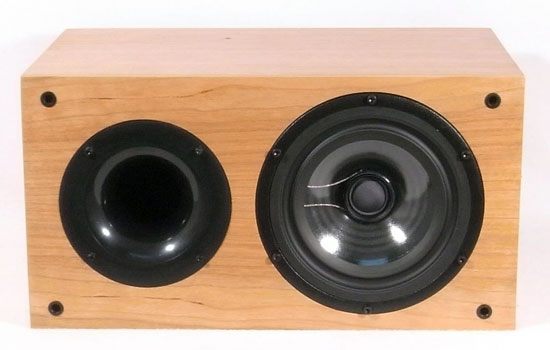Blew
Active Member
Hi,
I would like to place a pair of Focal bookshelf speakers on wallmounted brackets or shelves and am looking for some advice or experience.
What would I need to consider for this? I'm looking for advice on:
https://www.amazon.com.au/gp/product/B0779MBZRK/
I'd appreciate any advice on the above as I'm quite a newbie when it comes to hifi and speakers.
Thanks!
I would like to place a pair of Focal bookshelf speakers on wallmounted brackets or shelves and am looking for some advice or experience.
What would I need to consider for this? I'm looking for advice on:
- Brackets or shelves? Which is best for acoustics? Is there anything to consider regarding vibration? Brackets have the advantage of being ablet to tilt them slightly, but are there any disadvantages? Most good floor mounted speaker stands have spikes at the feet to minimise the vibrations on the floor, is this something to consider for a shelf/bracket mounting?
- Speaker height. Is it better to have them at standing height or sitting? I'd prefer to listen to music while sitting down but would also like to have the music generally sound good when having guests in the room who may be standing around.
- Speaker placement. Is it better to have them at the far end of the rectangular room where it's narrower and allow for more flexible seating arrangements, or along the side to make them further apart for greater stereo separation?
- Anything else that I need to think about?
https://www.amazon.com.au/gp/product/B0779MBZRK/
I'd appreciate any advice on the above as I'm quite a newbie when it comes to hifi and speakers.
Thanks!


